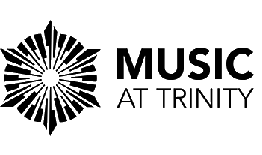An Articulated Art – Lenten Concert Part II
Johann Michael Haydn (1737-1806) is today eclipsed by his more famous elder brother Franz Josef Haydn, but in actuality he was a well-respected and well-known composer in his own right. He came to prominence in Salzburg and was appointed court composer and concertmaster to the Prince-Archbishop in 1763, a position he held until his death some 43 years later. Michael Haydn was particularly known for his church music, which was regarded as the model of its day. In fact, the music critic E.T.A. Hoffmann wrote that “in the field of sacred music, Michael Haydn’s fully his brother’s equal; indeed, in seriousness of concept he often surpasses him by far.”
Haydn composed three Quadragesima (Lent) masses, all in 1794. The work on our program is the last of the three, Missa Tempore Quadragesimae, finished on March 31, 1794. It is scored simply, for chorus and basso continuo (organ and cello). There are no movements, or even sections within movements, for soloists. The mass is an excellent example of the liturgical “reforms” that were taking place in Salzburg during the 1790s. The church court sought to make music for the liturgy less florid, more direct, and favored simple, homophonic textures and an economy of style and forces. Here is an example from Haydn’s Quadragesimae mass:

